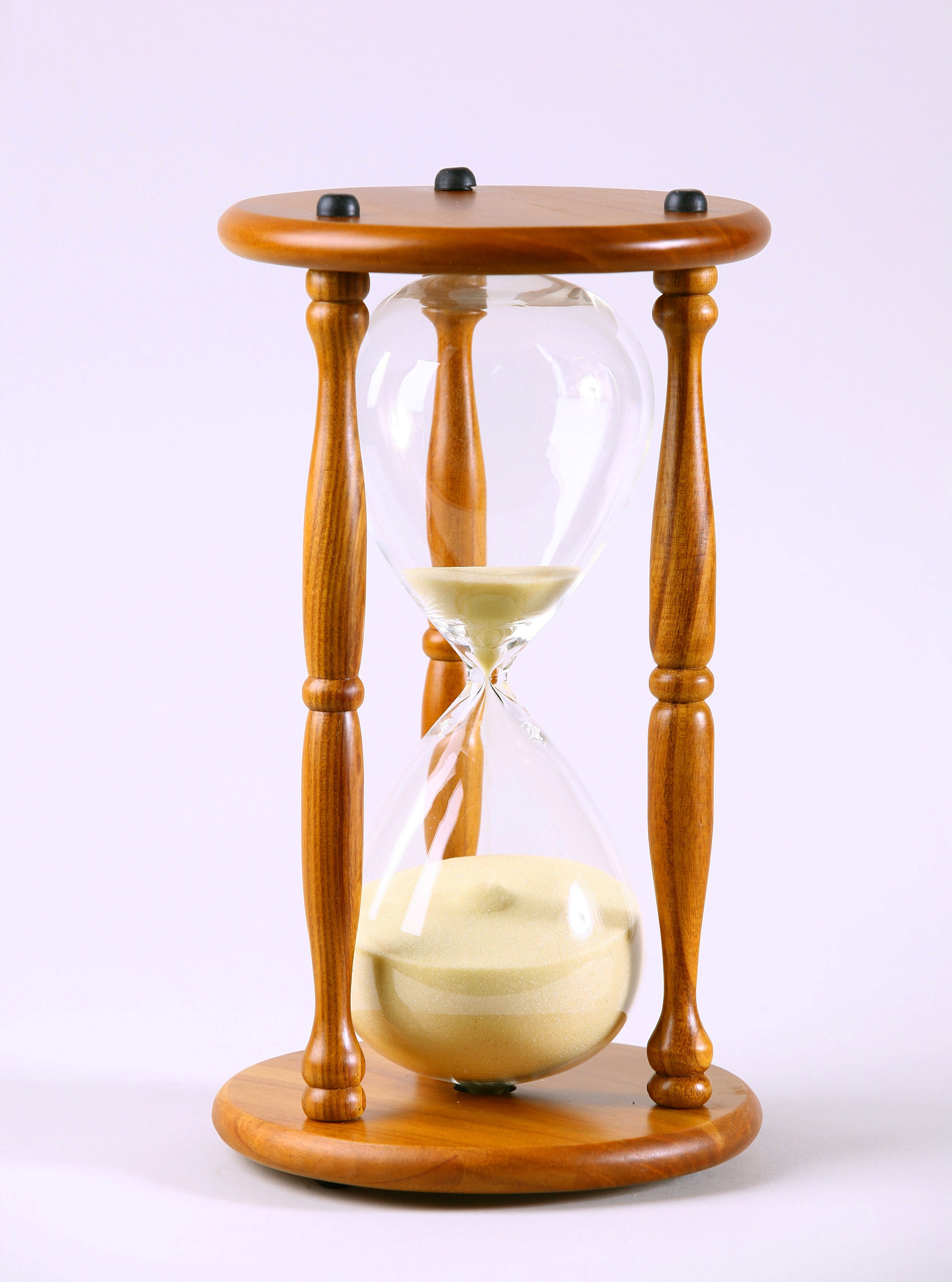
Unlike the clepsydra, hourglasses using granular materials were not affected by the motion of a ship and less affected by temperature changes (which could cause condensation inside a clepsydra). Marine sandglasses were popular aboard ships, as they were the most dependable measurement of time while at sea.

Item, For four horologes of the same sort (" de eadem secta "), bought there, price of each five gross', making in sterling 3 s. orlogiis vitreis "), price of each 4½ gross', in sterling 9 s.
#24 hour hourglass sand timer pro#
The same Thomas accounts to have paid at Lescluse, in Flanders, for twelve glass horologes (" pro xii. 1345, in a receipt of Thomas de Stetesham, clerk of the King's ship La George, in the reign of Edward III of England translated from the Latin, the receipt says: in 1345: The earliest recorded reference that can be said with certainty to refer to a marine sandglass dates from c. In the same period it appears in other records and lists of ships stores. The written records about it were mostly from logbooks of European ships.

Use of the marine sandglass has been recorded since the 14th century. There are no records of the hourglass existing in Europe prior to the Late Middle Ages the first documented example dates from the 14th century, a depiction in the 1338 fresco Allegory of Good Government by Ambrogio Lorenzetti. Middle Ages Temperance bearing an hourglass detail Lorenzetti's Allegory of Good Government, 1338 Its predecessor the clepsydra, or water clock, is known to have existed in Babylon and Egypt as early as the 16th century BCE. 350, representing the wedding of Peleus and Thetis (observe the magnification with the object held by Morpheus in his hands) The form of a winged hourglass has been used as a literal depiction of the Latin phrase tempus fugit ("time flies"). The specific duration of time a given hourglass measures is determined by factors including the quantity and coarseness of the particulate matter, the bulb size, and the neck width.ĭepictions of an hourglass as a symbol of the passage of time are found in art, especially on tombstones or other monuments, from antiquity to the present day. Typically, the upper and lower bulbs are symmetric so that the hourglass will measure the same duration regardless of orientation. It comprises two glass bulbs connected vertically by a narrow neck that allows a regulated flow of a substance (historically sand) from the upper bulb to the lower one.

German half-hour sand glass, first quarter of the 16th century, bronze-gilt and silver-gilt, height: 8.3 cm, diameter: 8.4 cm, Metropolitan Museum of Art (New York City) A winged hourglass as a literal depiction of the Latin phrase tempus fugit ("time flies")Īn hourglass (or sandglass, sand timer, or sand clock) is a device used to measure the passage of time. For other uses, see Hourglass (disambiguation).


 0 kommentar(er)
0 kommentar(er)
